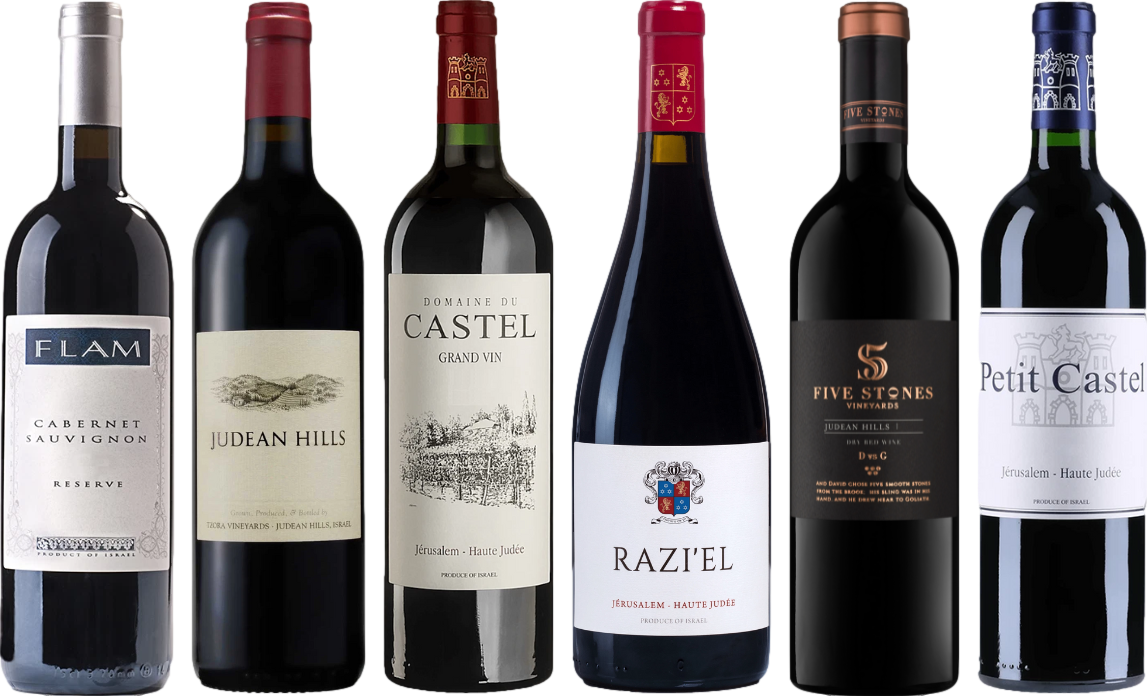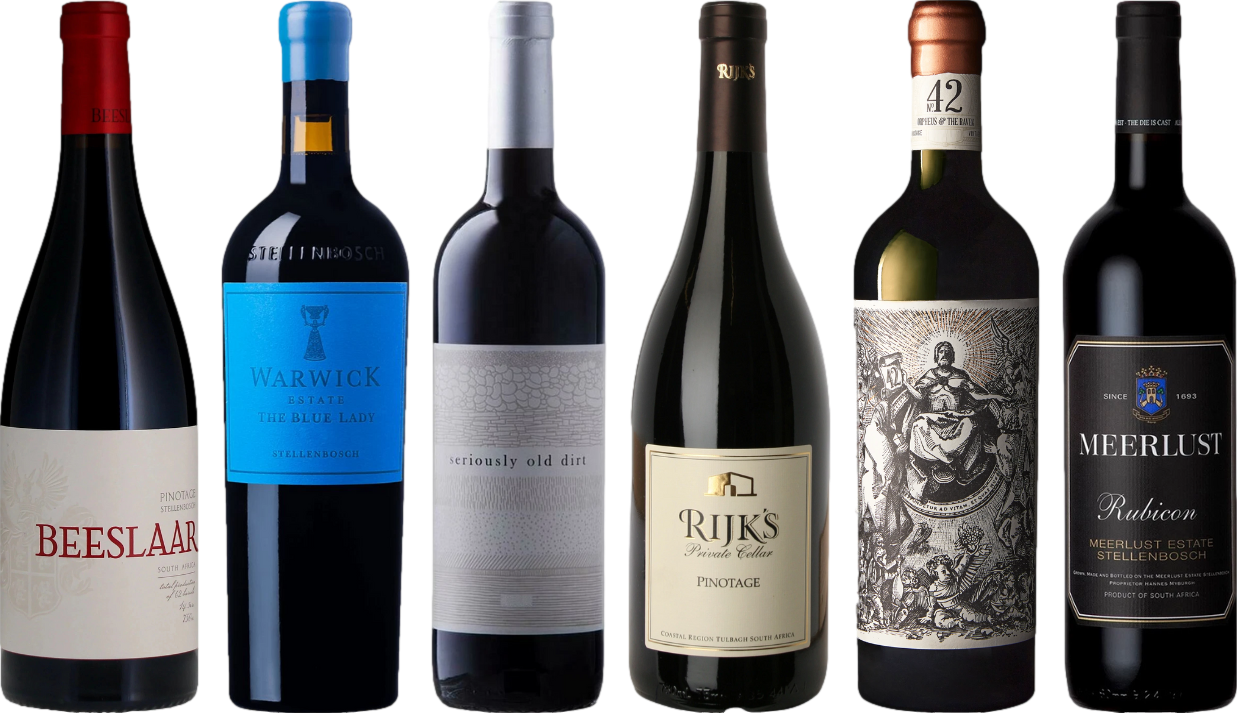



If you prefer a refreshing twist, consider lowering the temperature of your favorite varietal to around 55-60°F (13-16°C). This range enhances the aromatic profile and balances the flavors, providing a more enjoyable experience. The slight chill can also soften the perception of tannins, making each sip smoother and more approachable.
The method for achieving the right temperature involves a few straightforward steps. Place the bottle in the refrigerator for approximately 30 minutes before serving. Alternatively, an ice bucket with a mix of ice and water can expedite the cooling process, allowing you to enjoy a perfectly tempered beverage within 10-15 minutes.
Keep in mind that personal preference plays a significant role. While some individuals appreciate a warmer pour that accentuates bold flavors, many enjoy a cooler temperature that refreshes the palate. Experimenting with different temperatures can help you discover your own ideal balance.
Chilling Recommendations for Dark Varietals
Serving temperature plays a pivotal role in the overall tasting experience of darker varietals. Aim for a range of 55°F to 65°F (13°C to 18°C) for optimal flavor expression. Slightly lowering the temperature enhances the aromatic profile and balances the fruitiness with tannins.
Practical Tips for Cooling
To achieve this temperature, consider placing the bottle in an ice bucket filled with equal parts water and ice for about 15 to 20 minutes. Alternatively, storing the bottle in the refrigerator for 30 minutes before serving can also suffice. Avoid prolonged refrigeration, as it may dull the complexities of flavor.
Understanding the Impact
Chilling darker varietals can soften the perception of alcohol and highlight subtle nuances in taste. A cooler serving temperature can also make these wines more refreshing, especially during warmer weather, enhancing the overall enjoyment. Experiment with different temperatures to discover what pleases your palate the most.
Understanding the Ideal Serving Temperature for Red Wine
The optimal temperature for serving this type of beverage typically ranges from 60°F to 65°F (15°C to 18°C). Serving within this spectrum enhances flavors and aromas, allowing for a more enjoyable tasting experience.
Factors Influencing Temperature
Consider the varietal. Lighter styles, such as Pinot Noir, may benefit from being on the cooler side of the spectrum, around 55°F (13°C), while fuller-bodied options, like Cabernet Sauvignon, can be served closer to 65°F (18°C). Acidity and tannin levels also play a role; high-acid varieties often showcase their characteristics better at slightly lower temperatures.
Practical Tips for Achieving Ideal Temperature
If you’re unsure, a simple method is to place the bottle in a bucket filled with ice and water for about 15-20 minutes. This will quickly lower the temperature without over-chilling. Alternatively, if a bottle is too cold, letting it sit at room temperature for 10-15 minutes will help reach the desired warmth.
In summary, serving this beverage at the right temperature can significantly enhance its profile. Experimenting within this range will help you discover what works best for your palate.
Impact of Temperature on Flavor Profile and Aroma
Serving at optimal temperatures directly influences the perception of flavors and aromas in a glass. For instance, a slight chill can enhance certain fruity notes, making them more pronounced, while excessive cooling may mute the complexity of the bouquet. Aim for a range of 60°F to 65°F (15°C to 18°C) for optimal enjoyment of full-bodied varieties.
At lower temperatures, tannins become less apparent, allowing the fruit characteristics to shine. This is particularly beneficial for selections with bold berry flavors. Conversely, as the temperature rises past the ideal range, the alcohol content may become more pronounced, overshadowing nuanced flavors and potentially leading to a burning sensation on the palate.
Aromas also evolve with temperature changes. Cooler pours retain freshness and accentuate floral and herbal notes, while warmer servings bring forth richer, earthier scents. The transition can be fascinating; as the liquid warms, layers of complexity may emerge, revealing the intricacies of the terroir.
For the best experience, consider decanting prior to serving. This not only allows the wine to breathe, enhancing flavor and aroma, but also helps achieve a more consistent temperature throughout the glass. Pay attention to the environment; a warmer room can raise the temperature quickly, altering the tasting experience. Monitor closely and adjust as necessary.
Ultimately, understanding the relationship between temperature, flavor, and aroma is key. With the right serving temperature, you can unlock the true potential of your selected pour, creating a memorable tasting experience.
Different Types of Red Wine and Their Temperature Preferences
For optimal enjoyment, lighter styles such as Pinot Noir should be served slightly cooler, around 55-60°F (13-16°C). This temperature enhances their delicate aromas and acidity, making them refreshing and more expressive.
Cabernet Sauvignon, typically bolder and more tannic, is best at 60-65°F (16-18°C). This range allows the complex flavors to unfold while softening the perceived tannins, resulting in a smoother mouthfeel.
Merlot, known for its fruit-forward profile, thrives at 60-65°F (16-18°C) as well. Serving it at this temperature accentuates its juicy characteristics and balances its soft tannins.
Syrah and Shiraz benefit from a slightly warmer serving temperature, around 65-70°F (18-21°C). This warmth brings out their rich, spicy flavors and enhances the wine’s overall body.
Full-bodied varieties like Zinfandel can be served at the higher end of the spectrum, around 65-70°F (18-21°C), which helps highlight their bold fruit characteristics and peppery notes.
Each type has its own specific temperature range that significantly influences its flavor profile. Experimenting within these guidelines will enhance your experience and appreciation of each variety.
Common Myths About Chilling Red Wine
Many believe that serving certain varieties at lower temperatures enhances their flavor, but this is often a misconception. The notion that chilling all types of darker beverages is beneficial can lead to a less enjoyable experience.
Myth 1: All Red Varieties Should Be Served Warm
While some types are best at room temperature, others actually benefit from a slight chill. Lighter-bodied options like Pinot Noir can be more refreshing when served slightly cooler than the traditional norm.
Myth 2: Lower Temperature Always Improves Flavor
Serving a full-bodied variety, such as Cabernet Sauvignon, too cold can mute its complex flavors and aromas. Finding the right balance is key, as excessive chilling can result in a flat taste profile.
Myth 3: Serving Temperature is Universal
- Different styles call for different approaches. For example, a Beaujolais can be pleasant slightly chilled, while a Barolo should be enjoyed closer to room temperature.
- Climate and season also affect preferences. Warmer weather might make a slight chill more appealing, even for robust selections.
Understanding these myths can help elevate your tasting experience. Experimenting with various serving temperatures can reveal new dimensions in your favorite selections.
Practical Tips for Chilling Red Wine Correctly
For optimal enjoyment, aim for a serving temperature between 55°F and 65°F. Here are some effective methods to achieve this:
Quick Chilling Techniques
1. Ice Water Bath: Combine ice and water in a bucket. Submerge the bottle for 15-20 minutes. This method is fast and ensures an even chill.
2. Freezer Method: Place the bottle in the freezer for 10-15 minutes. Set a timer to avoid over-chilling, as prolonged exposure can affect flavor.
Long-Term Storage Tips
1. Wine Refrigerator: Invest in a wine fridge set to the ideal serving temperature. This allows for immediate access to perfectly chilled bottles.
2. Temperature Stability: Keep bottles in a consistent environment. Fluctuating temperatures can alter the wine’s character over time.
| Type of Red | Ideal Temperature (°F) | Chilling Time (Ice Bath) |
|---|---|---|
| Pinot Noir | 55-60 | 15-20 mins |
| Merlot | 60-65 | 10-15 mins |
| Cabernet Sauvignon | 60-65 | 10-15 mins |
Pairing techniques can enhance the experience. Consider serving chilled options with lighter dishes, while heartier meals can complement slightly warmer selections. For additional tips on maintaining optimal conditions for your beverages, check out how to do partial water change in fish tank.
Signs That Your Wine is Too Warm or Too Cold
When experiencing an unbalanced temperature, several indicators can help you determine if your beverage is not at its best. The first sign of excessive warmth is a pronounced alcohol aroma. If the scent of alcohol overwhelms the other notes, it’s likely too warm, masking the subtleties of flavor. A temperature that’s too high can also emphasize tannins, leading to an unpleasant bitterness.
Conversely, if the liquid feels overly cold, you might notice muted aromas and flavors. A chill can mask the complexity and richness, making it difficult to appreciate the full profile. If tasting reveals a lack of character or a flat sensation on the palate, it’s an indication that it’s served too cool.
Another visual cue is the appearance of the liquid. When too warm, the viscosity may appear thicker, while an overly cold beverage might look more watery. The legs on the glass will also behave differently; they will appear sluggish if the temperature is high and quick to run if it’s too low.
Finally, consider the mouthfeel. A warm drink can feel coarse and harsh, while a colder option might come across as sharp and uninviting. Striking the right balance is crucial for the optimal tasting experience.








